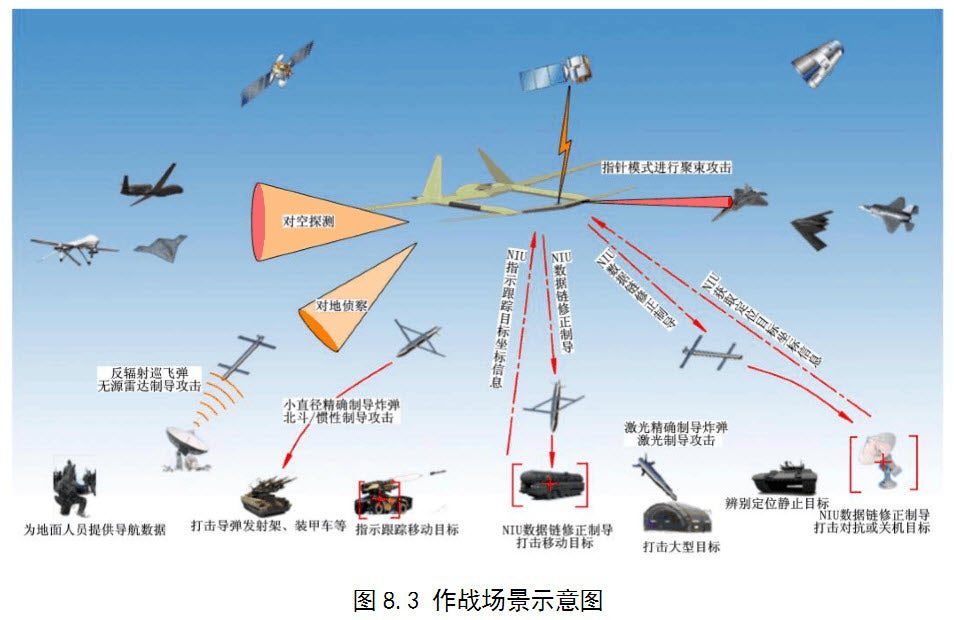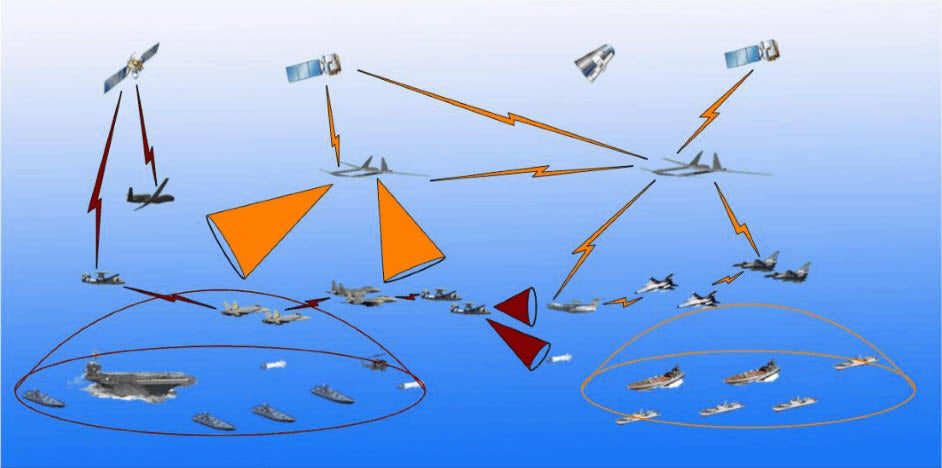
Divine Eagle Hunts
New images of testing materials have emerged of China’s largest ever UAV, the secretive Divine Eagle. Compared to other Chinese aviation projects like the J-20 stealth fighter and Y-20 heavy transport aircraft, the lack of publicly available photos of the Divine Eagle suggests that like the American RQ-180, this giant drone is a strategic and sensitive asset. Given the presence of official diagrams and wind tunnel testing, the Divine Eagle is likely to be a real Chinese project, built by the “black project” division of the venerable Shenyang Aircraft Corporation. Reliable Internet sources also indicate that the Divine Eagle conducted its first flight in December 2014 or early 2015.
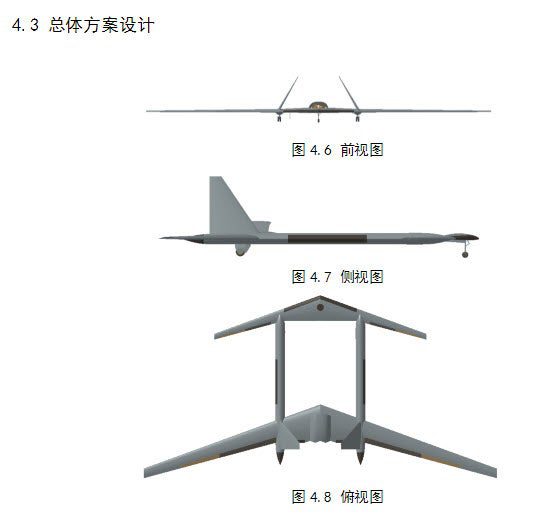
Divine Eagle Three View
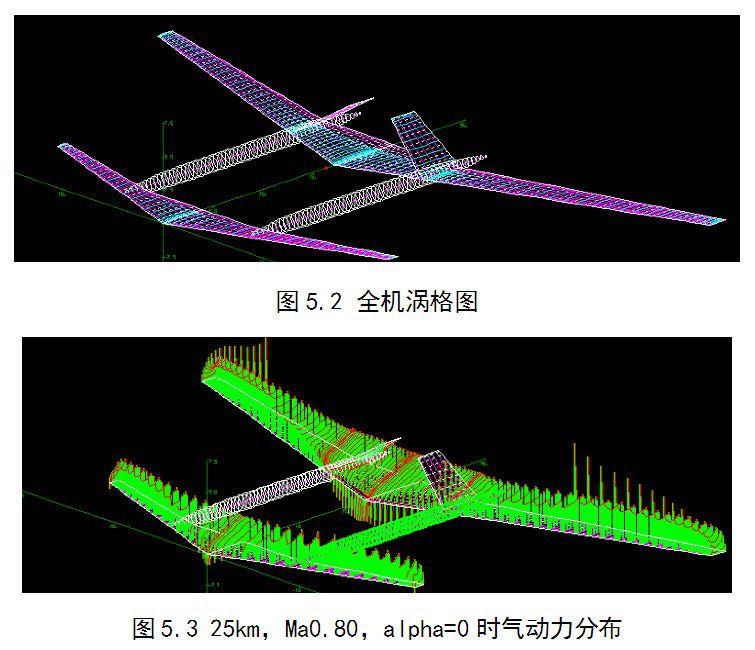
Testing
The Divine Eagle has a very unique design, similar to the World War II U.S. P-38 Lightning fighter. It has a forward fuselage attached to twin booms, which are also attached to a large, inverted Pelican tail rear wing that houses the twin turbofan engines. Wind tunnel tests indicate that the Divine Eagle has been tested in simulated conditions of Mach 0.8 speed and 25 km altitude, which would likely indicate its top speed and flight ceiling (the RQ-4 Global Hawk’s flight ceiling is about 18 km). Assuming that the satellite communications disk on the blueprint has a 1 meter diameter, the Divine Eagle would have a length of 25 meters and a 50 meter wingspan. This would indicate that the Divine Eagle is likely to have a maximum takeoff weight of between 15-20 tons, which would make it one of the world’s largest UAVs.
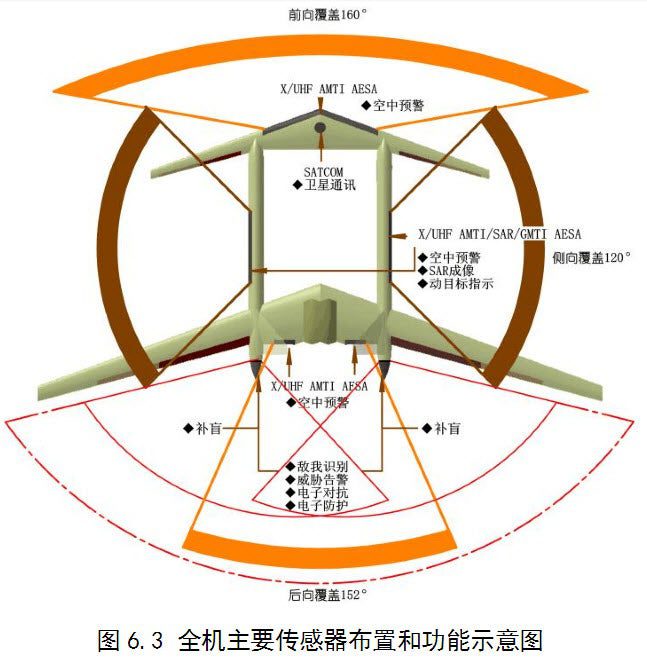
360 Radars
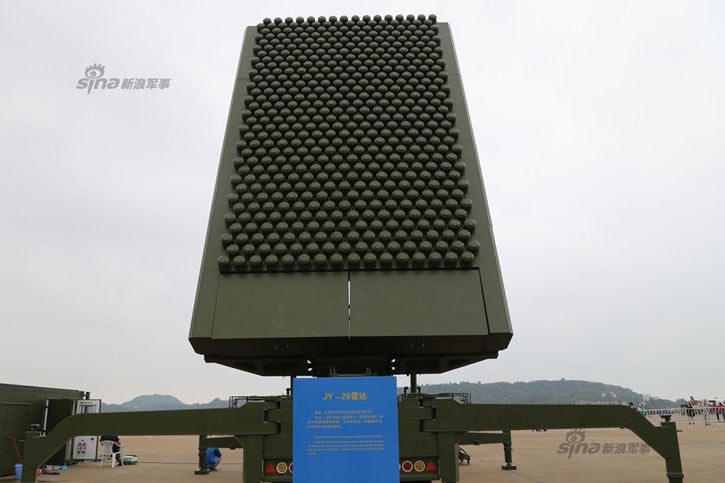
JY-26 Radar
The Divine Eagle design has seven radars that provide it with complete 360 coverage, including a X/UHF AMTI Active Electronically Scanned Array (AESA) radar on the front, two X/UHF AMTI/SAR/GMTI AESA radars on the twin booms, two X/UHF AMTI AESA radars on either side of the engine nozzles, and two more radars on the end of the booms. Airborne Moving Target Indicator (AMTI) radar types are used to track airborne targets, like enemy fighters and cruise missiles. Synthetic Aperture Radar (SAR) provides high resolution of slow moving ground vehicles and enemy bases. Ground Moving Target Indicator (GMTI) radars are ideal for identifying and tracking ships, such as aircraft carriers. X/UHF band radars, which include the “F-22 killer” JY-26 that debuted at Zhuhai 2014, have raised concerns in the American military that they could track stealth aircraft like the F-35 fighter and B-2 bomber at long ranges.
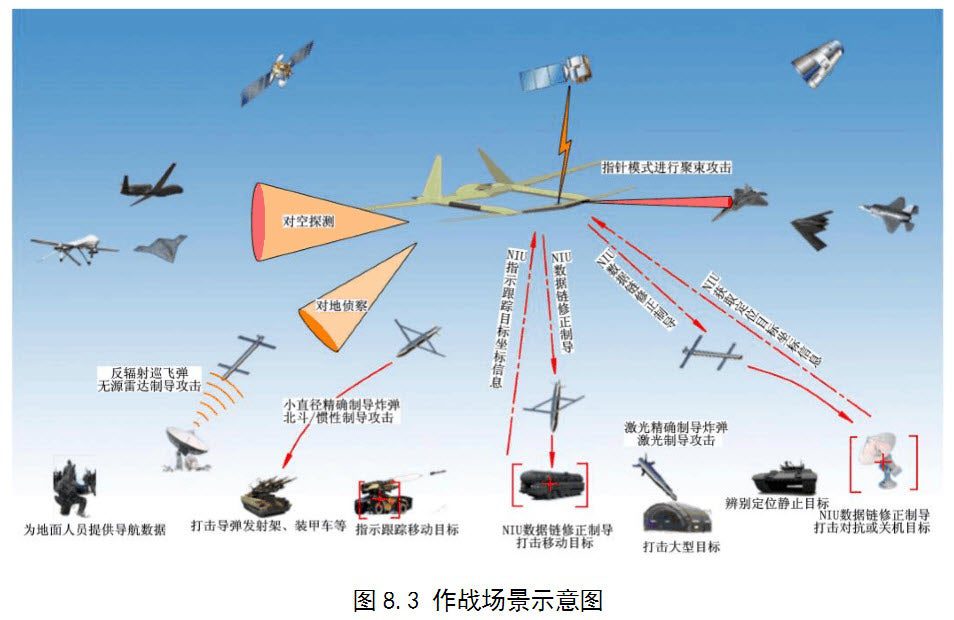
Divine Eagle at War
Compared to its stealthy American counterpart, the RQ-180, the Divine Eagle is designed more for operational reconnaissance rather than strategic intelligence, direct flights over denied territory. While it has a very stealthy design, the Divine Dragon’s high flight ceiling means that enemy fighters would have difficulty engaging it, and its long range radar would allow it to stay away from air defenses like the AEGIS when guiding Chinese anti-ship missiles at carriers. The Divine Eagle’s could datalink with Chinese SAMs on land and sea to shoot down low flying cruise missiles. The Divine Eagle would even have a role in striking down enemy A2/AD networks, by locating enemy surface to air missiles (SAM) launchers to be destroyed by Chinese smart bombs. At the same time, the Divine Eagle can locate enemy stealth bombers, fighters, drones and cruise missiles, and then summon Chinese fighters to defend the Mainland.

Divine Configurations
That Chinese Internet censors are allowing Divine Eagle technical descriptions to proliferate online is notable. It could be a psychological response to U.S. interest in Third Offset systems like drone swarms and the Long Range Strike Bomber. The Divine Eagle’s ability to protect large areas of Chinese airspace against stealth aircraft makes any air raid against China a much more dangerous and difficult task. In turn, the Divine Eagle’s airborne surveillance capabilities would increase the lethality of Chinese offensives by improving the quality of targeting information about enemy warships, bunkers, airfields and missile launchers. Finally, just as American UAS are used in intelligence gathering and surveillance roles for everything from earthquake response to the Fukushima nuclear disaster, the Divine Eagle would presents a great leap forward for Chinese expeditionary capabilities.
Many thanks to: Hongjian, Blitzo and Henri K
You may also be interested in:
Did an Armed Chinese Made Drone Just Crash in Nigeria?
China Shows Off Cannon Fired Drones
China Shows Off Growing Drone Fleet
North Korea’s New Drones Are Chinese (Which Opens a New Mystery)
China Shows Off Holographic Ground Control System for Drones
Pterodactyl Drones in Chinese Air Force Service
Biggest “Anti-Terrorist” Exercise in the World Stars Chinese Drones, Russian Troops and a Ukraine-Inspired Wargame





